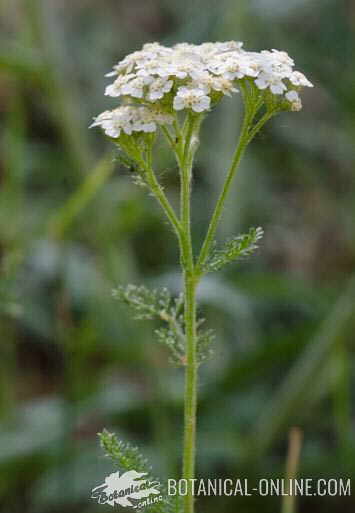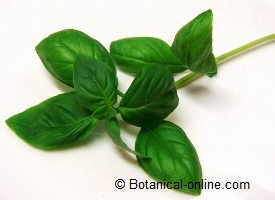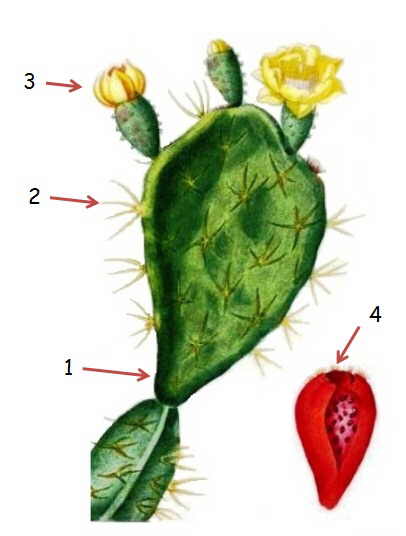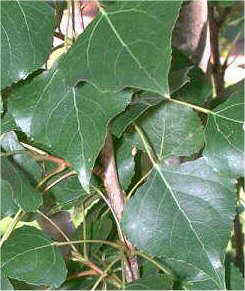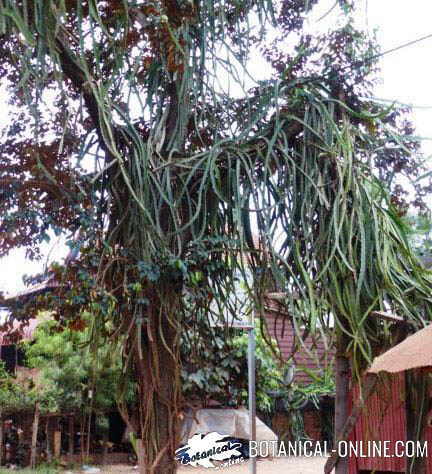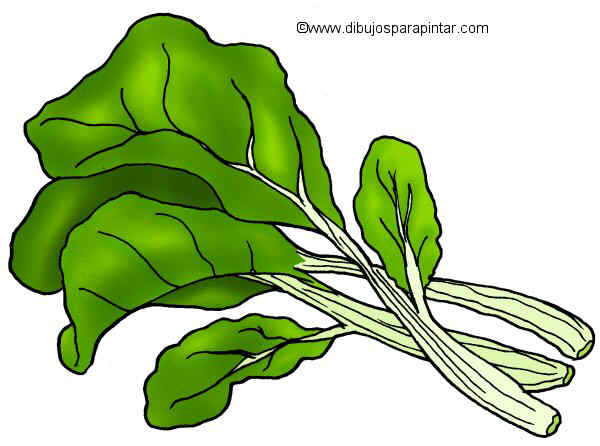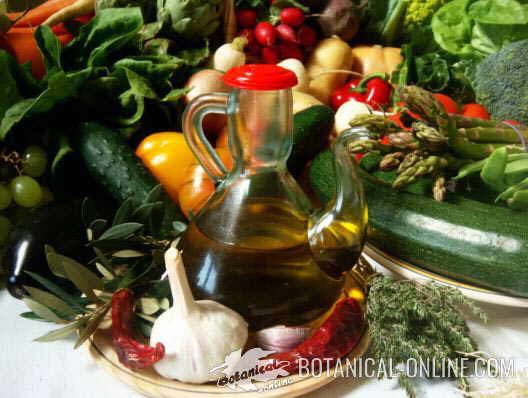Contents
Perennial climbers for walls, gates and fences
What perennial plants are suitable to cover walls, fences or gates?
Among all the plants, the most interesting are the following:
Porcelain flowers, wax plants
There are approximately 200 species of the genus Hoya. They are climbers by tendrils or roots. They come from Southeast Asia, New Guinea and the tropics of Australia.
Its name is due to the bright and waxy appearance of their flowers that appear gathered in inflorescences formed by many flowers grouped together.
They need a lot of light, humidity and moderate temperatures. Among them, the most used is porcelain flower (Hoya carnosa)
Plumbago
There are about 15 species of the genus Plumbago, some of them perennial such as the blue plumbago or Cape plumbago (Plumbago capensis = Plumbago auriculata) or Indian leadwort or whorled plantain (Plumbago indica).
Plumbago requires to be cultivated in warm places or in hot greenhouses in cold places. They need well drained soils, rich in organic matter. Although adult plants withstand drought well, they need constant moisture in summer to produce flowers.
They should be pruned at the end of winter to clean their branches, to form their appearance and to favor the growth of tender shoots.
Fig trees (Ficus spp)
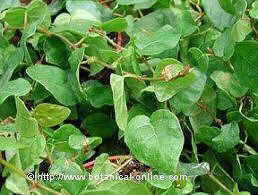
We have more than 800 species of ficus among them. Most ficus are perennial shrubs. However, within the genus ficus, stands out as a climbing plant a climber ficus, commonly known as creeping fig or climbing fig (Ficus repens)
Trachelospermun
It is a genus formed by about 20 species of shrubs coming mainly from Southeast Asia. They can climb with the aid of aerial roots or with voluble stems voluble.
They are characterized by having flowers similar to the jasmines and, like them, very fragrant. They are grown in the sun or semi-shade and need fertile and well drained soils in any climate that is not cold.
Among them, we have Chinese star jessamine, star jasmine, confederate jasmine or false jasmine (Trachelospermun jasminoides) and Asiatic jasmin (Trachelospermum asiaticum)
Star jasmine is a plant from China that can reach 9 m in height. It stands out for the abundance of flowers that are produced in spring on hanging inflorescences. They are white, star-shaped and very fragrant.
It prefers to be cultivated in the sun, on protected walls. Much cultivated to cover pergolas, arches or pillars or as a floor cover.
Asiatic jasmin comes from Japan and Korea and its creamy flowers that appear in summer. It looks more dense than star jasmineand its flowers and leaves are smaller.
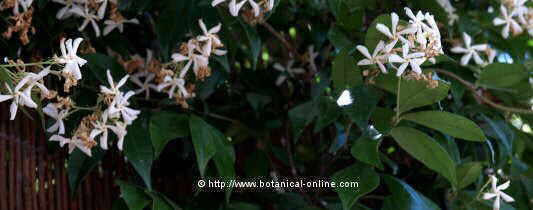
Lathyrus
There are approximately 150 species of Lathyrus. Most of them come from the temperate regions of the northern hemisphere, although there are some species native to the Andes.
It is a genus closely related to the common pea (Pisum sativum). In fact, some species are edible plants. They are used in gardening because many of them are climbing plants using tendrils and with colorful mauve, blue, white or pale yellow flowers.
They should be grown in the sun in a fertile and well-drained soil. They will be provided with supports so they can climb.
Some of them, like the sweet pea (Lathyrus odoratus) are annual; Others are perennial. Among these stands the broad-leaved everlasting-pea (Lathyrus latifolius), coming from Europe and exported to America where it grows very well.
With a very dense appearance and many non-fragrant pink flowers, or white when spring and summer arrive. Its ability to reproduce and spread has become a weed in many parts of the world.
The blue pea of Lord Anson’s pea (Lathyrus nervosus) is also a species of perennial pea that can grow up to 3 m. Although it has a creeping habit, it can be used as a climber if it is provided with adequate support.
It stands out for its many purple flowers that develop in summer and its coriaceous leaves, with very patent veins. Unlike the previous one, it prefers fresh summers.
![]() More information on climbing plants
More information on climbing plants

